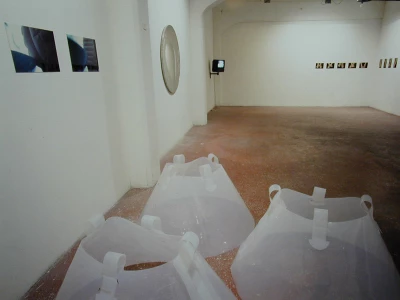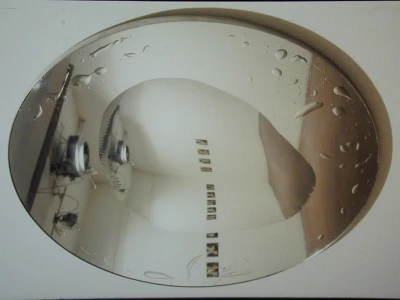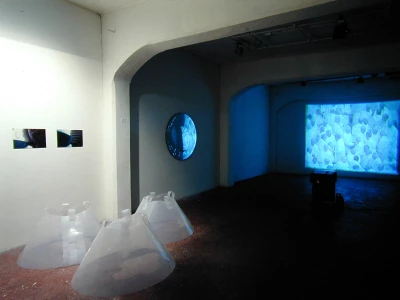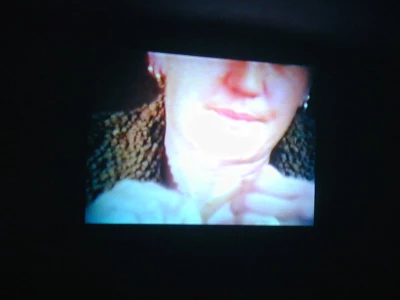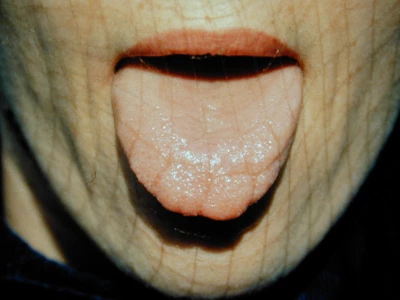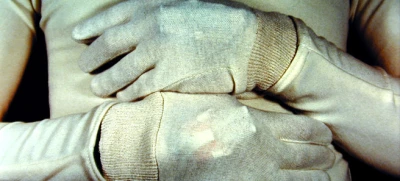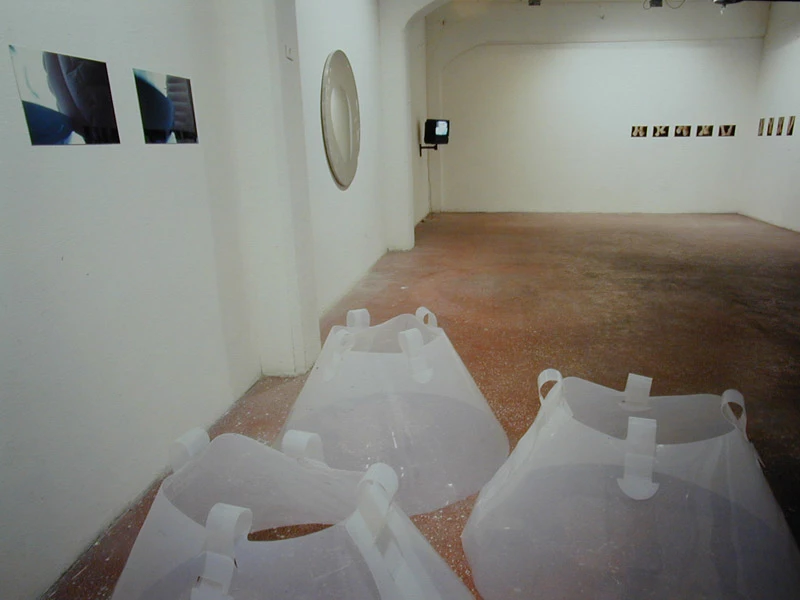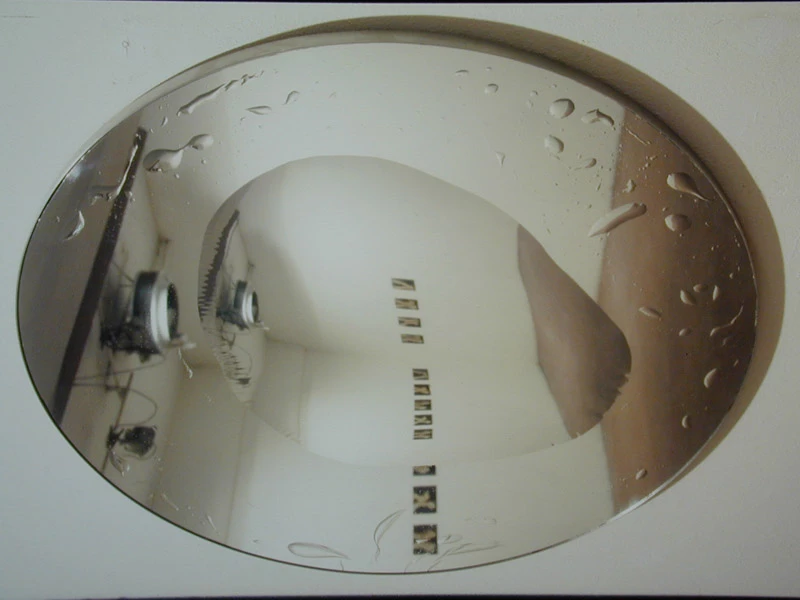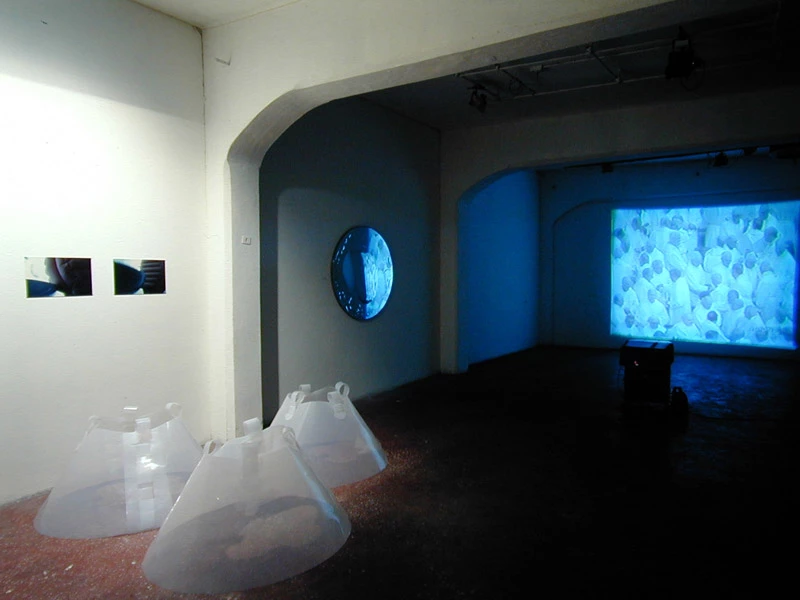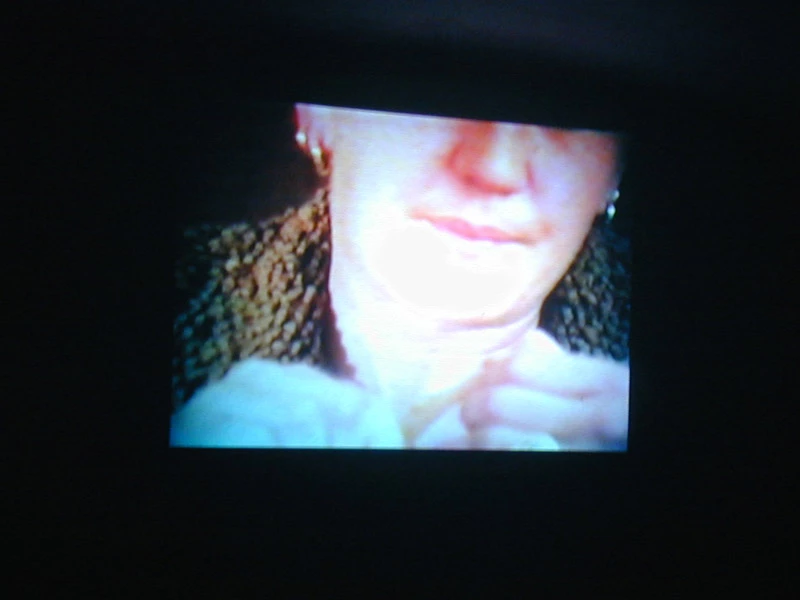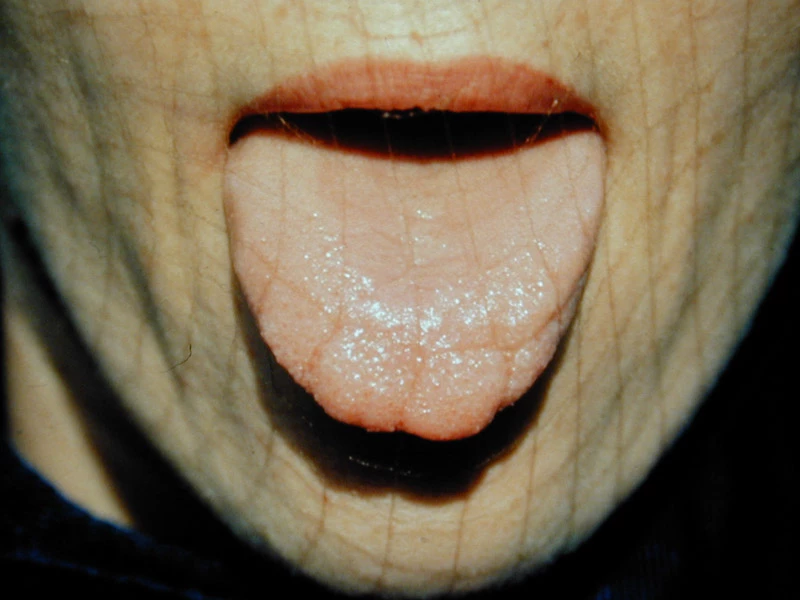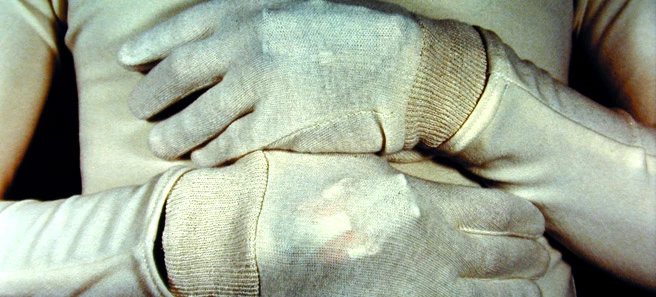Giovanni Surace
10.11.1996 - 07.12.1996
The gesture of “bringing the TV into the gallery” – as Giovanni Surace did at the opening of two solo exhibitions, at Vigato in Alessandria and at Careof in Cusano Milanino (MI) – cannot be properly attributed to the tradition of the readymade.
On those occasions, the programming included an international football match (in Alessandria) and a solemn mass officiated by the Pope in the Vatican (in Cusano Milanino). Two true media events, to use the terminology of Dayan and Katz, and it is needless to emphasize how much of the fabricated and the constructed presides over the creation of a media event.
Surace recounts having been subjected — a ’passive’ viewer like the others within his own exhibition — on these occasions to “the fascination of live broadcast.” […]
The problem with much contemporary art has been the attempt to “bring reality into the gallery” — whether in the form of “snobisme machinal” (Baudrillard’s term for Warhol) along the Duchamp-Warhol-Koons line, or through the 'romantic' and passionate practice that, from German Expressionism, through various figurative realisms, arrives at the post-organic performances of artists like Orlan or Jana Sterbak.
Surace switches on in the gallery a fragment of neo-reality, bringing with it all the pathos of that medium which has now rendered reality, already in the moment of its unfolding, an insoluble blend of actual and virtual—a pervasiveness of the rhetoric of seeing that infuses every detail of vision with emotional charge, that makes us see too much. Surace, however, 'documents' this “media ceremony.”
The video that recounts it takes on the consistency and energy of an autonomous work, and its viewing leads to a shift in the perception of the event from which it originated. The framing of the camera that captured the Vatican live broadcast at Careof coincides perfectly with the edges of the video projection recounting it.
Only through the slightly foggy quality of the images and the disorienting effect of the overlapping audio tracks (the Pope’s voice and those of the Careof visitors) can one realize that we are watching “something else,” not actually what we are seeing.
Then the heads of the spectators begin to appear at the lower edge of the screen (the one in the gallery, and ours as we rewatch the event), bringing to the monitor all the intensity of a set — of off-screen work that is not visible, but that determines the entire intensity of what is visible here and now (there and then).
